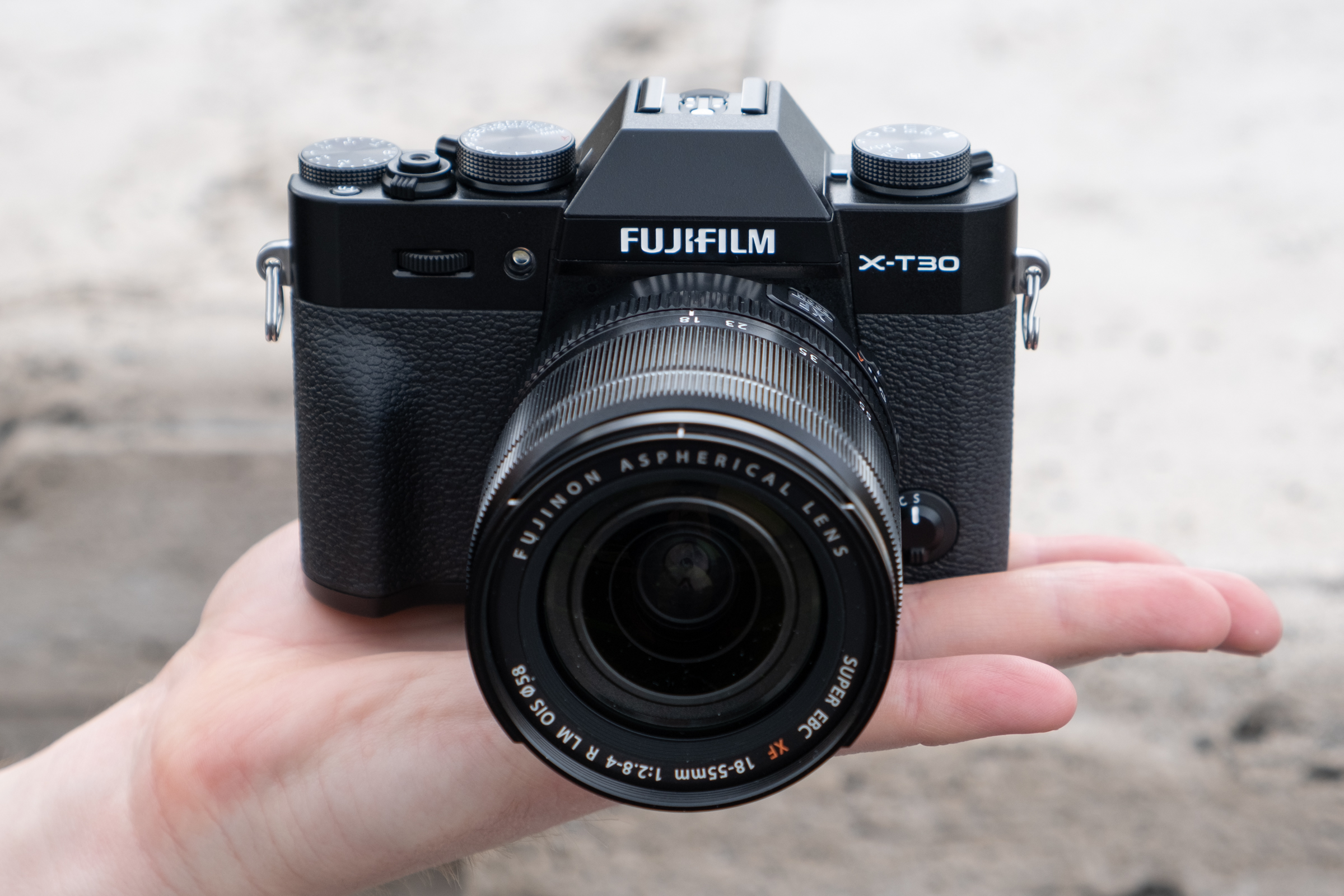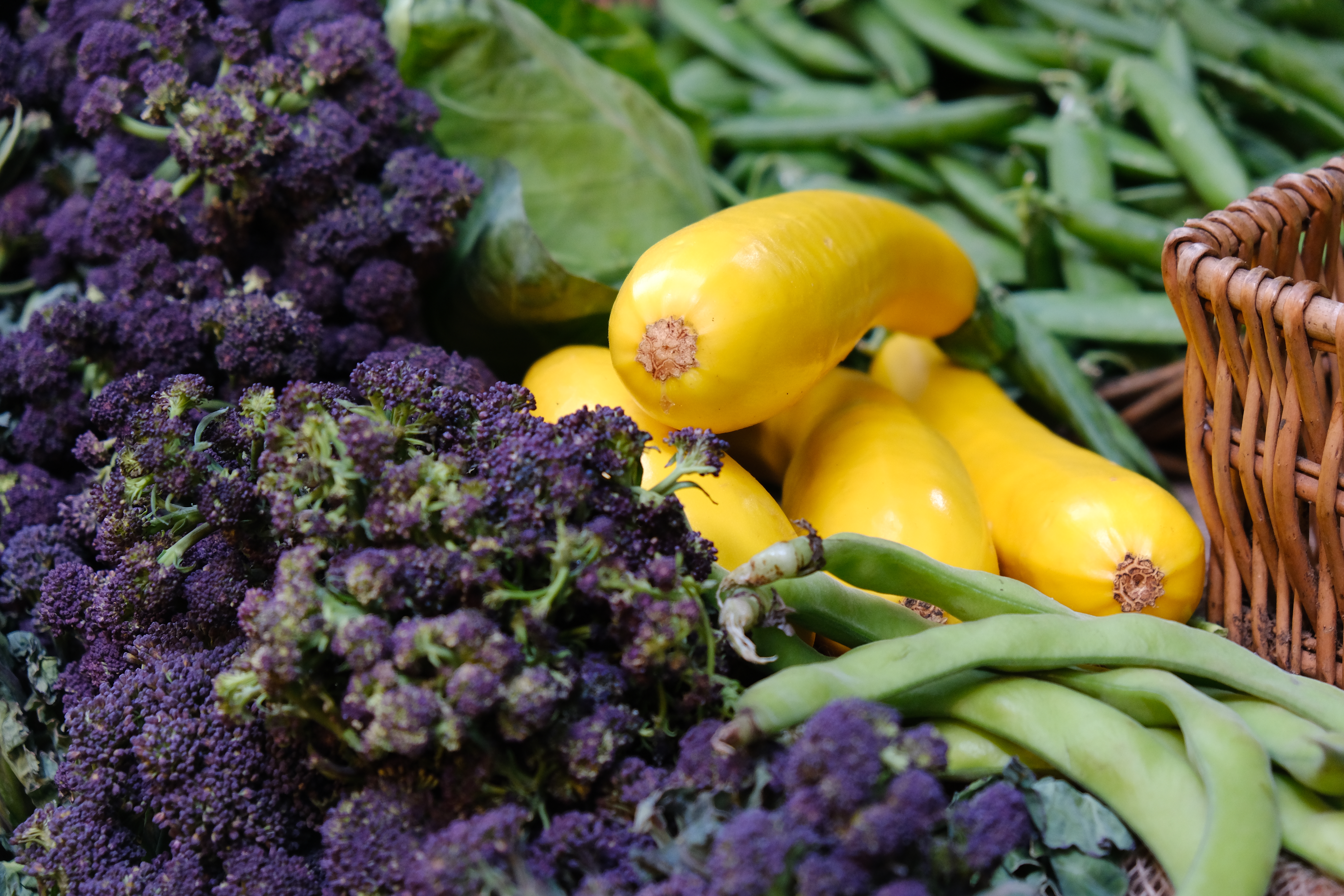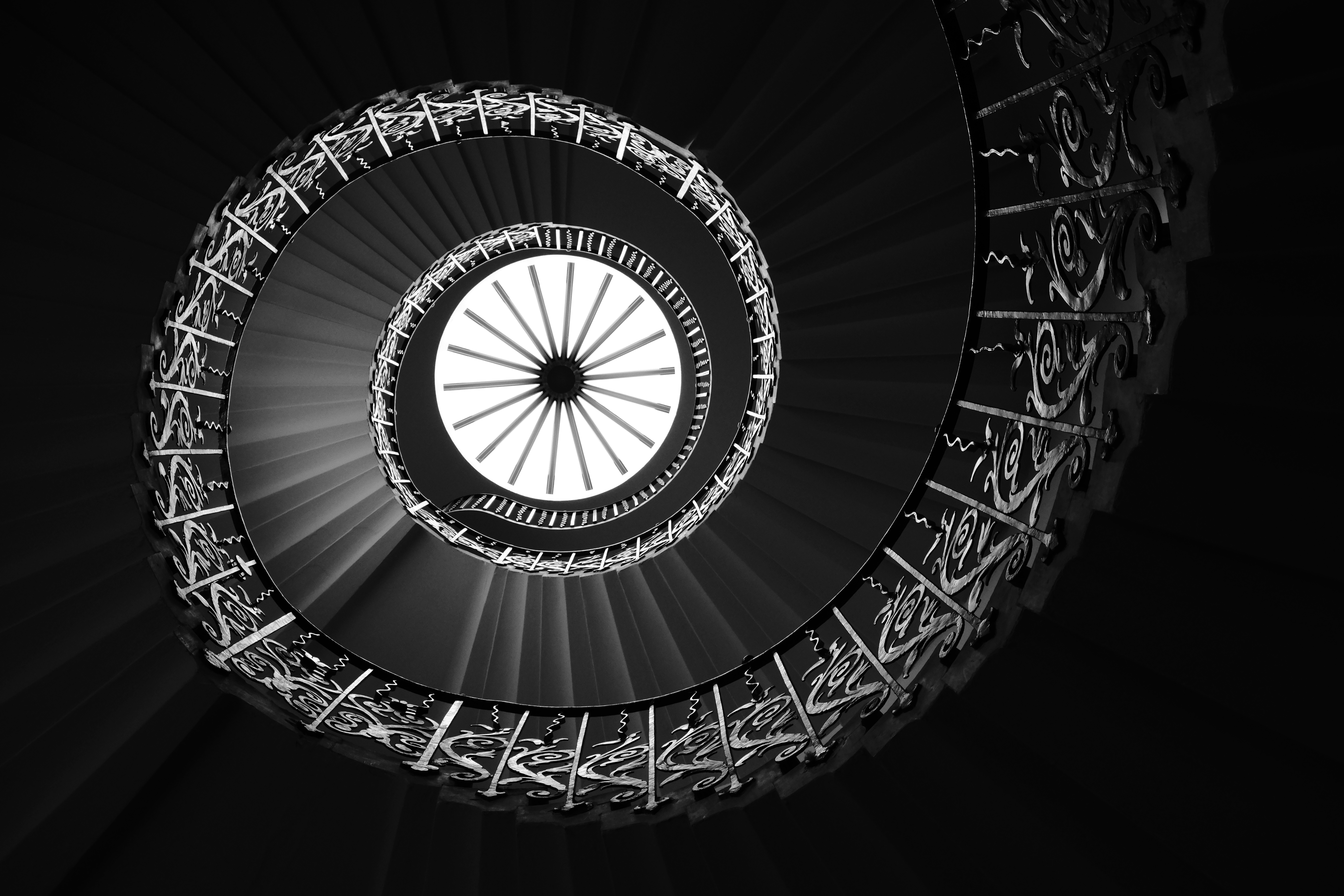Why you can trust TechRadar
Performance
- Touchscreen is clear and works well
- EVF magnification somewhat disappointing
- Camera remains operational throughout burst shooting
Two areas where the Fujifilm X-T30 differs from the X-T3 are its LCD screen and electronic viewfinder. The LCD screen has the same 3-inch dimensions and 1.04 million dots as the X-T3's, although it can only be tilted up and down, rather than over three axes as on the X-T3. Some may have preferred a screen that can face the front, of course, but the screen performs well, remaining relatively clear in bright light. It's also nice and sensitive to light presses, whether you're setting the focus point, looking through images or adjusting options in the Q menu.
As nice as the 3.69 million-dot EVF from the X-T3 would be here, we don't expect it, and the X-T30's 2.36 million-dot 'finder is perfectly adequate for a camera of this level. It's a good performer for a camera of this class, with a decent level of detail and clarity, although its 0.62x magnification is just a little on the low side.

The camera can capture 15 to 16 raw and JPEG frames at its maximum 8fps burst rate, with a slightly laggy feed maintained on the LCD or in the viewfinder, although it takes a good 12 seconds to write these to a fast UHS-I memory card. Were the X-T30 to support UHS-II cards, this may well be a little speedier, although what's great to see is that the camera remains almost fully operational while files are being written, which isn't the case on many other cameras.
When set to shooting Fine JPEGs on their own, the camera appears to last for around 147 frames at the same speed. That might not sound as impressive as the 'until the card is full' claims made for some other cameras, but the average user will rarely need to capture more the 147 JPEGs in one go.
Image quality
- Great colors in JPEGs
- Excellent 4K video quality
- Low noise, even at higher ISO settings
With the X-T30 using the same sensor and processing engine as the X-T3, image quality is just as good here. This is only the second model to benefit from the 26.1MP back-illuminated sensor, and it does a good job of keeping image noise low and details high as you increase sensitivity – even images captured at ISO6400 retain very good detail, and most of the little noise there is can be removed.
Dynamic range is also very good at lower sensitivities. In practice, you can underexpose a scene by the maximum three stops allowed on the exposure compensation dial (until you use the C mode, which increases it to five stops) and still be able to bring up the shadows to the right level in post-production without too great a penalty in terms of detail loss or noise.
If you're used to pushing and pulling raw files from full-frame cameras you may find there isn't quite the same flexibility here, but Fujifilm is clearly pushing expectations as to what can be achieved with an APS-C sensor. Together with fast glass and effective image stabilization, this is still a camera that can be used well when lighting conditions aren't at their best.

Click here to view the full-size image

Click here to view the full-size image

Click here to view the full-size image

Click here to view the full-size image

Click here to view the full-size image

Click here to view the full-size image

Click here to view the full-size image

Click here to view the full-size image
Fujifilm's Film Simulation modes cover most eventualities, from the Standard/Provia option for everyday use and the Astia option for a pleasing softness for natural subjects, and Velvia when you need more punch, through to various Black and White options. The Standard/Provia mode is the default option, producing natural but pleasingly optimized colours. The quality of JPEGs straight out of the camera make them suitable for immediate use.
The Cool and Warm Monochrome Adjustment options, which were first seen on the X-T3, have also made the cut here. Both options can be set to one of nine intensities, which is particularly welcome in the case of the latter, as the Sepia Film Simulation option can be a little too brash. The images below show what these Cool and Warm options look like in comparison with a shot captured on the standard Black & White Film Simulation mode.



The ability to process raw files in camera enables you to quickly make print- or web-friendly alternative versions of images you've already captured, and the setup we have here is the same as what we've become used to on previous X-series models. While relatively complete in what processing options it offers, its implementation could be better – for example so that you could preview the effects of changes as you make them in real time (which some other cameras do very well).
Fujifilm is clearly pushing expectations as to what can be achieved with an APS-C sensor
The level of control you have over video recording is high, and this is generally matched by solid results. Videos captured in either 4K DCI or 4K UHD quality show excellent detail and natural motion, and the stabilization system from the lens does well to keep footage steady; it did particularly well when shooting from a moving vehicle, managing to iron out the worst of the bumps and jerks. Slow-motion footage captured at 120p is also very pleasing, even if it is a little softer and prone to noise.
There's a little rolling shutter noticeable when panning the camera, although this is generally very well controlled. Audio is also very respectable from the built-in microphones, although the camera is just as susceptible to wind noise as any others using their built-in microphones, so it's a good idea to keep the Wind Filter setting on.
Changes made to focus while recording are applied smoothly and quickly – and this is where you really appreciate having a touchscreen. Changes to exposure are also nice and smooth when the aperture switch on the lens is set to 'A' – otherwise the camera adjusts aperture in noticeable steps as lighting conditions change, which doesn't look as professional.
Current page: Performance and image quality
Prev Page Build, handling and AF Next Page Verdict and competition